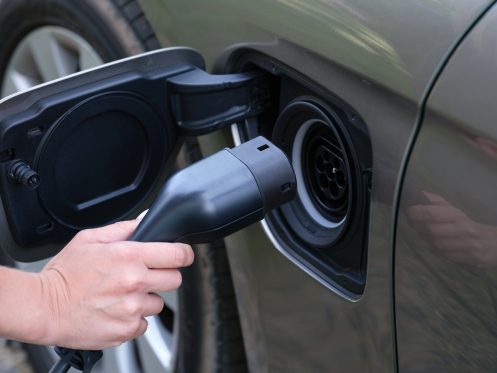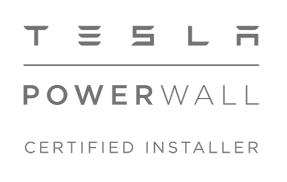Installing an EV charger in your home maximizes the convenience and cost savings of owning an electric vehicle. However, you must go about it the right way to truly reap the benefits. There are many models with different features, installation requirements, and maintenance considerations.
This guide covers everything you need to know about home EV chargers, along with the key criteria for achieving optimal performance and long-term reliability.
Reasons to Invest in an EV Charger
Charging your electric vehicle at home can reduce fuel costs by 40–60% compared to gasoline-powered vehicles, depending on your local utility rates. It’s also more affordable than using public stations, which often include service fees and price markups.
You’ll enjoy the convenience of powering up your vehicle whenever it suits you. Public charging stations can be plagued by long lines, limited availability, and fluctuating rates, especially during peak hours.
Charging at home also offers greater safety and control. You can monitor the entire process, choose a charger that meets your quality standards, and ensure the area is secure, something you can’t always guarantee at busy public stations.
How to Choose the Right Electric Car Charger
There are plenty of chargers on the market. Be sure to consider the following factors when shopping for an EV charger for your home.
The Type
There are two main types of home EV chargers: Level 1 and Level 2. Level 1 chargers are the basic option, often included with the purchase of your electric vehicle. They plug into a standard 120-volt outlet and deliver between 1.2 and 1.8 kW of power, or about four to five miles of range per hour of charging.
Level 1 chargers are ideal for plug-in hybrid vehicles or drivers with short daily commutes. A fully electric car, however, requires faster, more efficient charging to keep up with full-time battery use.
Level 2 chargers are the preferred choice for fully electric vehicles. They operate on a 240-volt connection and typically provide between 7.2 and 11.5 kW for most home installations. Depending on your vehicle and the charger model, this can result in up to 30–40 miles, or even more, of added range per hour.
The Connector
The connector links your EV charger to your vehicle. In North America, most EVs use the SAE J1772 connector for Level 1 and Level 2 AC charging. It’s a round plug with five pins and is widely compatible with both chargers and vehicles.
In 2025, the SAE standardized Tesla’s NACS (North American Charging Standard) as the J3400 connector. This design supports both AC and DC charging at higher power levels, up to 1000 volts. Many automakers, including Ford, GM, and others, are adopting this format.
When selecting a home charger, make sure the connector matches your EV’s specs. If not, many units support adapters to bridge the difference between J1772 and J3400 connectors.
Charger Features
EV chargers range from simple cables with standard safety features to advanced units packed with smart tech. Some models allow you to schedule charging for off-peak hours, monitor energy use, and lock the charger to prevent unauthorized use.
Other premium features may include mobile app integration, real-time alerts, Wi-Fi or Bluetooth connectivity, and compatibility with home energy management systems.
Also consider factors like cable length and organization, weatherproofing, and safety certifications. A longer cable gives you more flexibility when parking. Wall-mounted brackets or reels can help keep things neat and safe.
If you’re installing outdoors, weatherproofing is essential. And always look for a UL certification, which confirms the charger has passed strict tests for fire safety and long-term reliability.
Contact GVEC Electrician Services for EV Charger Installation
Our certified EV installers will help you select the right charger for your vehicle and home. We’ll assess your electrical panel, recommend options that meet code and performance standards, and ensure the installation is smooth and safe.
Call GVEC Electrician Services today for EV charger installation in in Gonzales, Seguin, Schertz, and surrounding areas.



